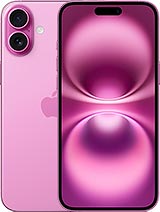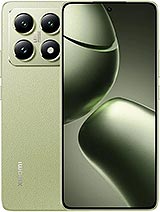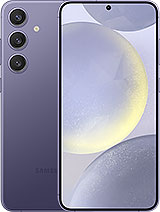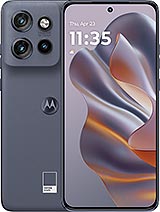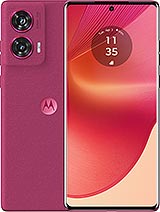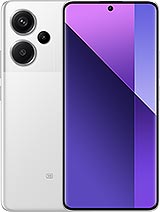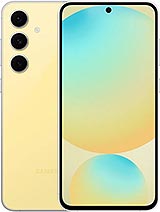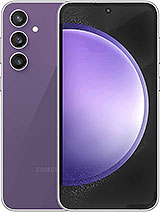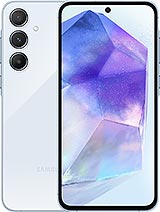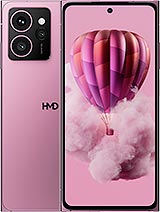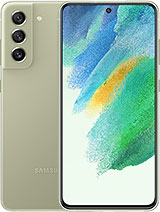Samsung Galaxy S24 FE review

Display
The Galaxy S24 FE features a 6.7-inch Dynamic AMOLED 2X display of extended 1080p resolution (1,080 x 2,340, 385ppi), 120Hz refresh rate and HDR10+ support. The panel has a small perforation and is protected with a Gorilla Glass Victus+ shield.

Samsung has shared only the maximum peak brightness of this panel, which is 1,900 nits.
We have completed our display test, and the maximum automatic brightness is close to what the Galaxy S24+ display offers - 1,372 nits. The maximum manual brightness is lower, though. It is 470 nits, and there is no option to enable Extra brightness like on other Samsung Galaxy phones.
The minimum brightness we measured on a white patch was just 1.8nit.
The Galaxy S24 FE has a standard (non-LTPO) display. It supports two Motion Smoothness modes - Adaptive (refresh rate) and Standard (refresh rate). According to the description, the Adaptive one switches automatically between different modes and can do up to 120Hz, while the Standard one is fixed at 60Hz for longer battery life.
Quite expected, the Adaptive one uses 120Hz for the interface and all HFR-compatible apps, games included, and dials down to 60Hz for the idle screen, AOD and incompatible with HFR apps like Camera and Maps.

The screen supports HDR10+, and the phone can stream HDR10 content across all popular apps, including Netflix.
Battery life
The Galaxy S24 FE is powered by a 4,700mAh battery, 200mAh smaller than the one inside the Galaxy S24+ but larger than the 4,500mAh cell inside the Galaxy S23 FE.
The Galaxy S24 FE scored an Active Use Score of 11 hours and 48 minutes, which is quite alright. The web browsing runtime is mediocre but still better than on the Galaxy S23 FE. The call, video and game times align with those of the S24 FE's rivals.
Charging speed
The Galaxy S24 FE supports up to 25W wired charging and up to 15W wireless charging. It can do reverse wired and wireless charging, too.

Using a compatible USB-PD charger will give you an okay charging time. The phone reached 0% to 30% in 15 minutes. We recorded 56% of the charge in 30 mins, 90% in 60 mins and 100% in 70 mins. It's as fast as any other Samsung phone with 25W charging.
There is a Battery Protection mode, which can help improve battery longevity. You can choose between Basic (stops at 100% and starts again after a 5% drop), Adaptive (adjusts by your charging and sleep patterns), or Maximum (limits to 80%).
Speakers
The Galaxy S24 FE has a hybrid stereo speaker system, with the earpiece as a second speaker. The earpiece is quieter and focuses mostly on high and mid-tones, while the bottom full-blown speaker has bass and good vocals. The balance is good, though.
The speaker scored a Very Good mark on our test for loudness. The sound quality is good - there is some bass, and the vocals are solid, though the high-frequency presence could have been richer.
Connectivity & on-board sensors
Being a Samsung device, the S24 FE exists in many SIM configurations. Generally, there is a Single SIM and a Dual SIM variant with either one or two physical nano-SIM slots. Both also support eSIM. The S24 FE offers SA/NSA Sub-6 5G connectivity. There is GPS, GLONASS, GALILEO, BDS location support.
The S24 FE has dual-band Wi-Fi 6e connectivity (unfortunately, no 6GHz band support, though US models seem to have it) and Bluetooth 5.3 with LE support for local connectivity.
There is NFC on board, which is nice. No FM radio or 3.5mm audio jack, though.

The Type-C port is backed up by a USB 3.2 connection, which is nice to see. However, don't get overly excited since it is USB 3.2 Gen 1, which means a theoretical transfer rate maximum of 5 Gbps. On a more positive note, the S24 FE supports DP video output over Type-C. It also has DeX for a more immersive and functional desktop experience. Of course, there is OTG/Host support.
As already mentioned, the S24 FE, unfortunately, has a virtual proximity sensor, which is a real shame. Other than that, it has a pretty full set of sensors. There is an STM LSM6DSVTR accelerometer and gyroscope combo, an Asahi AK09918C magnetometer and compass combo, an AMS TCS3701 light sensor and a Bosch BMP580 barometer.
Reader comments
- User
- 29 Apr 2025
- G2L
Cool man 😃
- Anonymous
- 14 Apr 2025
- NXU
Does this phone comes with ear piece ?
